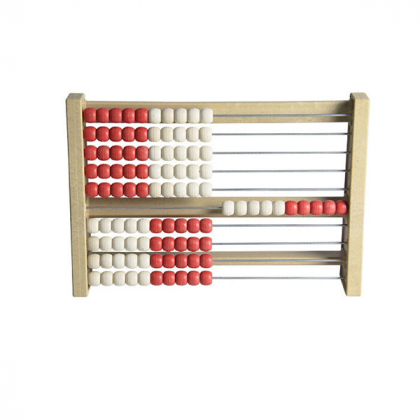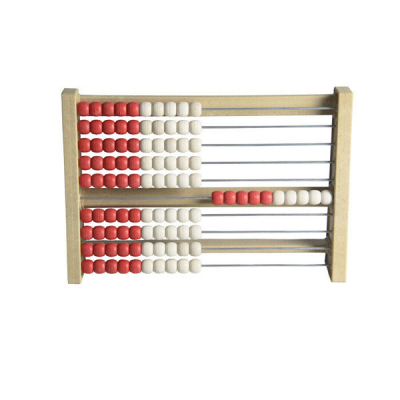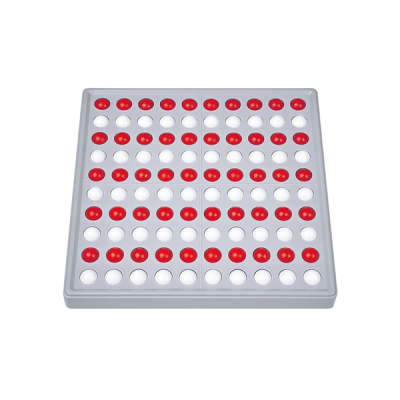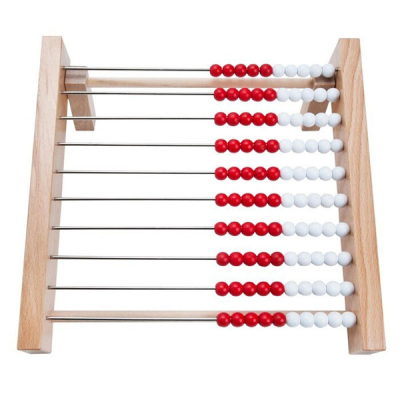Re-Wood - Calculation rack up to 100 individual with color change - Red - White - Beads - Abacus
The sturdy RE-Wood frame consists of two sides and three cross connections that are connected to each other by screws. Size 25 x 17 x 4.5 cm, stainless rods, colored RE-WOOD beads, �... Read more
The sturdy RE-Wood frame consists of two sides and three cross connections that are connected to each other by screws. Size 25 x 17 x 4.5 cm, stainless rods, colored RE-WOOD beads, Ø 11 mm.
Learning Arithmetic with Abacuses: A Revolutionary Tool in Elementary Education
An abacus, sometimes referred to as an "arithmetic frame" or "counting frame," is central to the mathematics education of many elementary students. This versatile tool is designed to introduce young children to the basic principles of arithmetic in a visual and interactive manner. But what makes the abacus so unique, and how does it contribute to a child's mathematical understanding?
The fundamental design of a standard abacus includes ten beads on a string, divided into two sets of five. These beads are often painted in two contrasting colors, such as red and white. This color contrast not only serves as a visual stimulus but also aids children in easily recognizing and visualizing numbers. Moreover, there are abacuses with a double row of beads, allowing children to work with numbers up to twenty, further enhancing their grasp of numerical structures.
Interacting with an abacus starts simply: children learn to represent numbers up to ten or twenty by sliding a specific number of beads to one side. This provides a tangible and visual representation of each number, particularly beneficial for children just embarking on their arithmetic journey.
The real magic, however, begins when children start exploring the dynamics of addition and subtraction. Imagine a child attempting to calculate 7 + 4. Using the abacus, the child first pulls 7 beads towards them and then adds 4 more, instantly revealing the result. This method not only boosts numerical understanding but also allows children to uncover other vital concepts like double numbers, their neighbors, and the crucial "bridge to ten" strategy.
The "bridge to ten" is a core arithmetic strategy where children learn to round up to the nearest ten, simplifying addition or subtraction. The color contrast of the beads on the abacus proves invaluable here. Furthermore, children realize there are multiple ways to form a number, like seeing the number 8 as a combination of 5 + 3 or 4 + 4.
What truly sets the abacus apart is that it promotes concrete and visual learning. Instead of numbers remaining abstract concepts, they become tangible and comprehensible. This tool encourages children to think more flexibly about numbers and to realize there are diverse approaches to problem-solving. Additionally, it fosters mathematical conversations, enhancing students' communicative skills and their capacity for logical reasoning.
In conclusion, the abacus is more than just a tool; it's a gateway to the fascinating world of numbers for young learners. By translating abstract concepts into concrete, understandable terms, the abacus ensures that children lay a solid foundation in arithmetic. It's no wonder that this simple yet effective instrument has secured a prominent place in elementary education.
| SKU | BEK-6323 |
|---|---|
| EAN-/UPC-code | 4260414063398 |




